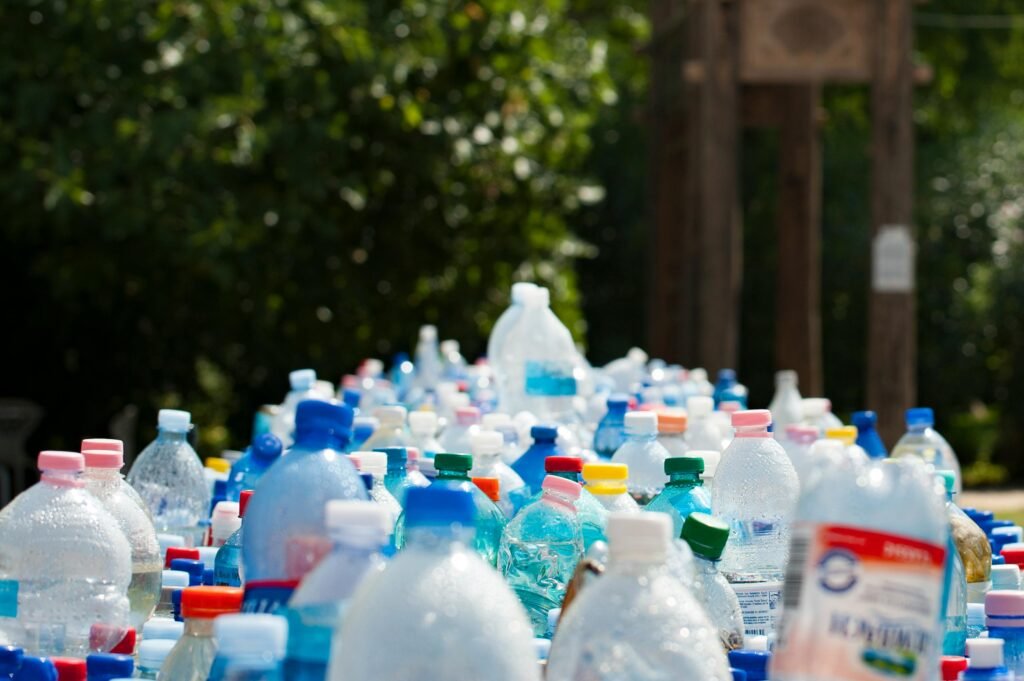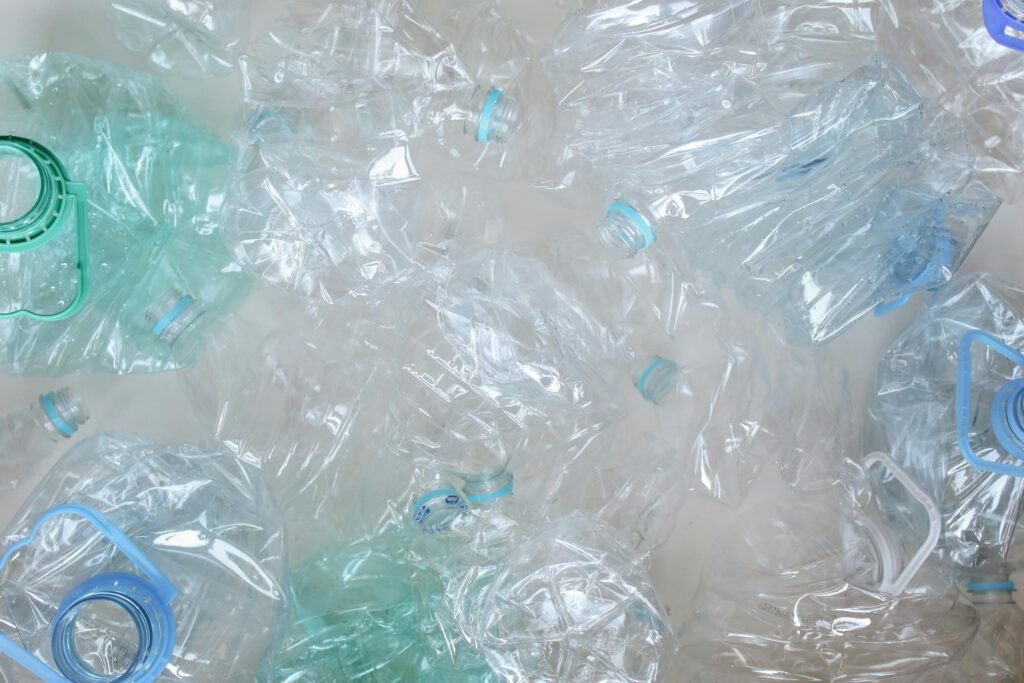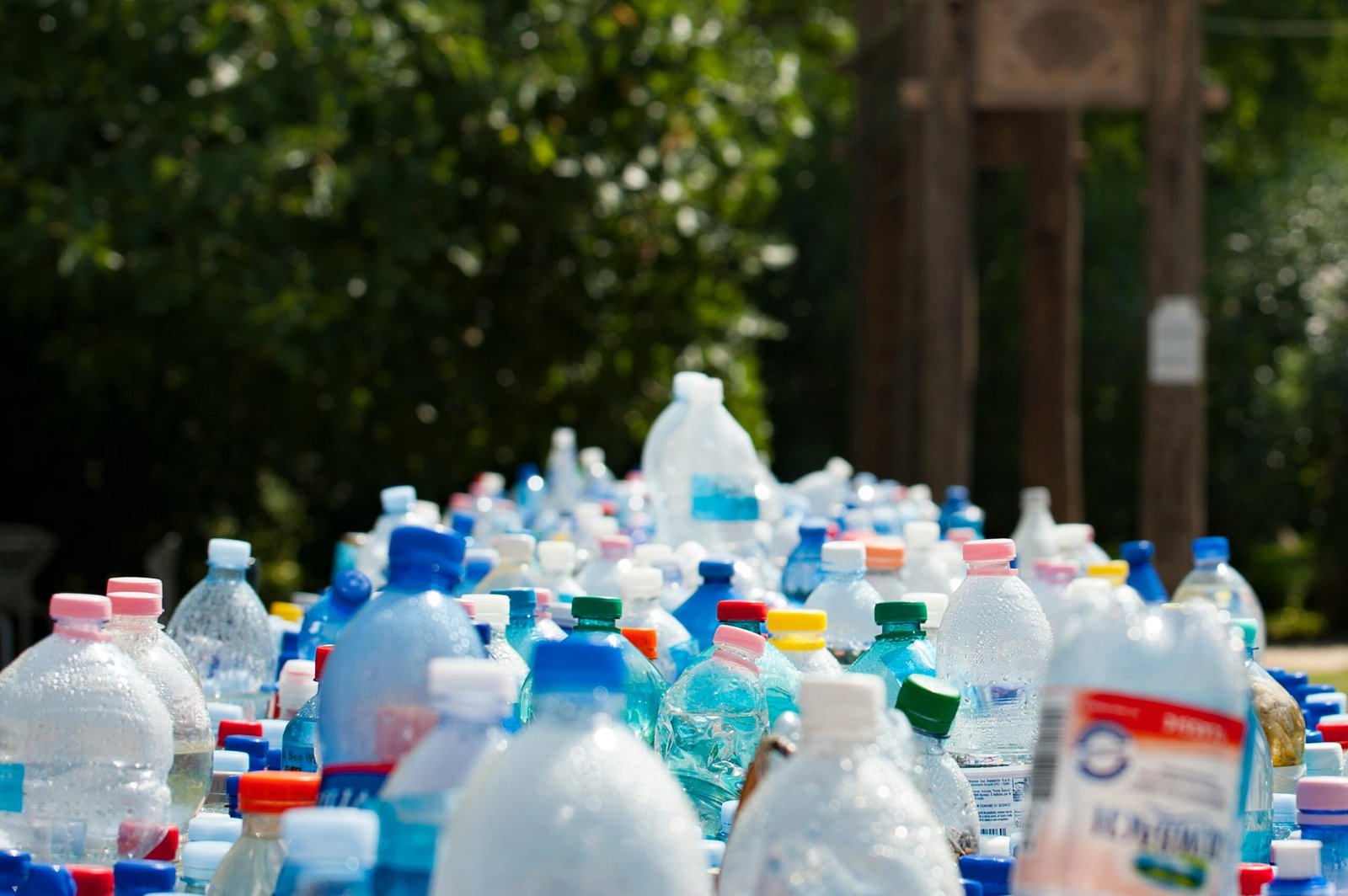Have you ever wondered what happens to your plastic drawers when you no longer need them? Well, good news! There are now recycling programs in place specifically designed to find new life for these end-of-life plastic drawers. With a focus on sustainability and environmental initiatives, these programs aim to reduce waste and promote the reuse of materials. By participating in these recycling programs, you can not only do your part to protect the environment, but also contribute to the creation of a circular economy that prioritizes resource conservation. Let’s take a closer look at how recycling plastic drawers can make a big difference in our world.

This image is property of images.pexels.com.
1. Importance of Recycling Plastic Drawers
Reducing landfill waste
Recycling plastic drawers is crucial in reducing landfill waste. Plastic is a major component of landfills and takes hundreds of years to decompose. By recycling plastic drawers instead of throwing them in the trash, you are helping to divert this waste from landfills and reduce the strain on these already overloaded facilities.
Conserving natural resources
The production of plastic drawers requires the extraction and consumption of natural resources such as oil and gas. By recycling these drawers, we can minimize the need for new raw materials, conserving precious natural resources for future generations. Recycling plastic saves energy and reduces the demand for raw materials, leading to a more sustainable use of resources.
Mitigating pollution
Plastic pollution has become a significant environmental issue. When plastic drawers end up in rivers, oceans, or other natural habitats, they can harm aquatic and terrestrial ecosystems. By recycling plastic drawers, we can prevent pollution and minimize the negative impacts that plastic waste has on wildlife and the environment.
2. The Environmental Impact of Plastic Drawers
Production and manufacturing processes
The production and manufacturing processes of plastic drawers have significant environmental implications. The extraction and processing of raw materials, the energy-intensive manufacturing processes, and the release of greenhouse gases during production all contribute to the environmental footprint of plastic drawers. By understanding these impacts, it becomes clear why recycling plastic drawers is essential for reducing their environmental impact.
Disposal and decomposition
When plastic drawers are disposed of in landfills, they take an incredibly long time to decompose. Plastics can persist in the environment for centuries, releasing harmful chemicals and microplastics that can contaminate soil and water. By recycling plastic drawers, we can prevent these negative impacts and ensure that the materials are properly handled and reused instead of being left to decompose over an extended period.

This image is property of images.pexels.com.
3. Recycling Process for Plastic Drawers
Collection and sorting
The first step in recycling plastic drawers is the collection and sorting of the materials. This involves establishing systems for collecting used plastic drawers from households, businesses, and other sources. Once collected, the drawers are sorted based on their type and quality to ensure proper processing and maximize the efficiency of the recycling process.
Cleaning and preparation
After sorting, the plastic drawers need to be cleaned and prepared for recycling. This involves removing any contaminants or impurities that may hinder the recycling process. The drawers may go through a thorough cleaning or washing process to ensure that they are free from any debris or substances that could affect the quality of the recycled material.
Processing and transformation
Once the plastic drawers are clean and prepared, they are ready for processing and transformation into new products. The plastic is typically shredded or melted down before being molded or extruded into new shapes. This process may involve additives and other materials to enhance the strength, durability, and aesthetics of the recycled plastic. The transformed plastic can then be used in various industries and applications.
4. Benefits of Recycling Plastic Drawers
Energy conservation
One of the significant benefits of recycling plastic drawers is energy conservation. The recycling process requires less energy compared to the production of new plastic from raw materials. By recycling plastic drawers, we can save energy and reduce reliance on fossil fuels, leading to a more sustainable and environmentally friendly approach.
Reduction in greenhouse gas emissions
The manufacturing of plastic products contributes to greenhouse gas emissions, which contribute to climate change. By recycling plastic drawers, we can reduce the need for new plastic production and, in turn, reduce greenhouse gas emissions associated with plastic manufacturing. This helps mitigate climate change and its negative impacts on the environment.
Sustainable use of resources
Recycling plastic drawers promotes the sustainable use of resources by reducing the demand for new raw materials. This minimizes the extraction and consumption of natural resources such as oil and gas, preserving these resources for future generations. By embracing recycling, we can transition towards a more circular economy, where materials are reused, reducing the strain on finite resources.
Conservation of water
The production of new plastic requires significant amounts of water, particularly in the manufacturing process. By recycling plastic drawers, we can conserve water resources by avoiding the need for new plastic production. This benefits both the environment and communities that may face water scarcity or have limited access to clean water.

This image is property of images.pexels.com.
5. Recycling Plastic Drawers: Challenges and Solutions
Contamination and impurities
One of the challenges in recycling plastic drawers is the presence of contamination and impurities. This can include food residue, dirt, or other materials that may affect the quality of the recycled plastic. Solutions for this challenge include educating consumers about proper recycling practices, implementing effective sorting and cleaning processes, and investing in advanced technologies that can remove contaminants.
Lack of awareness and infrastructure
Another challenge is the lack of awareness among individuals and businesses about the importance of recycling plastic drawers. Many people may not realize that plastic drawers can be recycled or may not know how to recycle them properly. Additionally, inadequate infrastructure for collection and recycling can hinder the recycling process. Addressing this challenge requires raising awareness through education campaigns and investing in the necessary infrastructure to facilitate recycling.
Inconsistent recycling regulations
Recycling regulations vary across different regions and countries, leading to inconsistencies and confusion. This can create challenges for businesses and individuals who want to recycle plastic drawers. Harmonizing recycling regulations and implementing clear guidelines can help overcome this challenge and facilitate a more efficient recycling process.
6. Promoting and Encouraging Plastic Drawer Recycling
Education and awareness campaigns
Promoting plastic drawer recycling requires comprehensive education and awareness campaigns. By informing individuals about the benefits of recycling, proper recycling techniques, and the environmental impacts of plastic waste, we can encourage them to take the necessary actions. These campaigns can be conducted through various channels such as schools, community centers, social media platforms, and public service announcements.
Provision of recycling facilities
To encourage plastic drawer recycling, it is essential to provide convenient recycling facilities. This can include recycling bins in public spaces, designated drop-off points, or even curbside collection programs specifically for plastic drawers. By making recycling accessible and convenient, individuals are more likely to participate and actively engage in recycling efforts.
Integration of recycling into waste management systems
Integrating plastic drawer recycling into existing waste management systems is crucial for its success. This involves collaboration between municipalities, waste management companies, and recycling facilities to ensure that plastic drawers are properly collected, sorted, and processed. By streamlining the recycling process and making it a seamless part of waste management, more plastic drawers can be diverted from landfills and turned into valuable resources.
7. Examples of Successful Plastic Drawer Recycling Initiatives
Community-based recycling projects
Community-based recycling projects have proven to be successful in promoting plastic drawer recycling. These initiatives involve partnerships between local residents, businesses, and recycling organizations to establish recycling programs specific to plastic drawers. By mobilizing the community and creating a sense of ownership, these projects help drive plastic drawer recycling and create a sustainable recycling infrastructure.
Collaborations between businesses and recycling facilities
Businesses and recycling facilities can form collaborations to promote plastic drawer recycling. For example, businesses can establish take-back programs where customers can return their old plastic drawers for recycling at the point of purchase. By partnering with recycling facilities, businesses can ensure that the collected plastic drawers are properly recycled and transformed into new products, closing the loop on the plastic life cycle.
8. Recycled Plastic Drawer Products and Applications
Building materials and construction
Recycled plastic drawers can be transformed into useful building materials for construction purposes. For instance, the plastics can be used to create composite lumber, which can be used for decks, fences, and other outdoor structures. These recycled materials provide an environmentally friendly alternative to traditional construction materials and contribute to the reduction of waste in the construction industry.
Plastic lumber and furniture
The recycled plastic from drawers can also be turned into plastic lumber, which can be used to make furniture such as benches, tables, and chairs. Plastic lumber offers the advantage of being durable, weather-resistant, and low-maintenance. By using recycled plastic lumber, we can reduce the demand for virgin materials and promote a more sustainable approach to furniture production.
Plastic packaging and containers
Recycled plastic drawers can be transformed into plastic packaging and containers. These can be used in various industries, including food and beverage, pharmaceuticals, and cosmetics. By utilizing recycled plastic for packaging, businesses can reduce their environmental impact and cater to consumers who prioritize sustainable packaging options.
9. Innovations in Plastic Drawer Recycling
Advanced sorting and separation techniques
Advancements in sorting and separation techniques have significantly improved the efficiency of plastic drawer recycling. These include automated systems that use optical sensors and artificial intelligence to identify and sort different types of plastic drawers. These innovations help streamline the recycling process, improve the quality of the recycled material, and minimize the potential for contamination.
Technological advancements in processing
Technological advancements have also revolutionized the processing of recycled plastic drawers. Advanced recycling technologies, such as chemical recycling and depolymerization, allow for the transformation of plastic drawers into high-quality recycled materials. These technologies enable the recycling of a wider range of plastic types and enhance the overall sustainability of plastic drawer recycling.
Research on biodegradable alternatives
In addition to recycling, research is being conducted on biodegradable alternatives to plastic drawers. Biodegradable materials, such as plant-based plastics, offer an eco-friendly solution that can break down naturally without harming the environment. By exploring and investing in these alternatives, we can further reduce the environmental impact of plastic drawers and move towards a more sustainable future.
10. Conclusion
Recognizing the potential of plastic drawer recycling is crucial for addressing the environmental challenges associated with plastic waste. By reducing landfill waste, conserving natural resources, and mitigating pollution, recycling plastic drawers plays a vital role in protecting the environment. However, challenges such as contamination, lack of awareness, and inconsistent regulations need to be addressed. Through education, infrastructure development, and integration into waste management systems, we can promote and encourage plastic drawer recycling. Successful initiatives and innovations in recycling highlight the importance of collective efforts in creating a more sustainable and environmentally friendly future. By embracing plastic drawer recycling and exploring alternative materials, we contribute to a circular economy and help preserve our planet for future generations.
